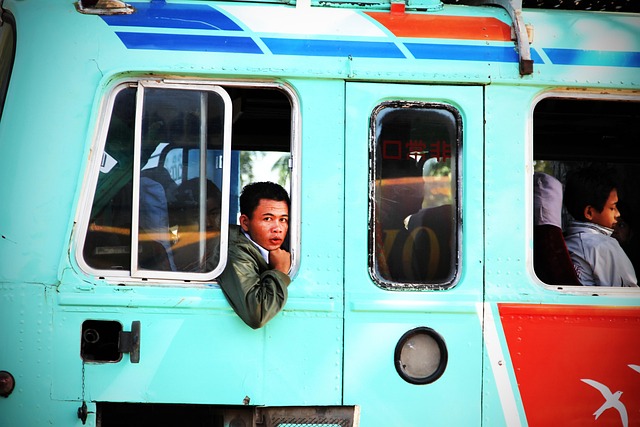Adapting mobility services to post-pandemic demand shifts
Mobility services are adjusting to long-term changes in travel patterns since the pandemic, balancing reduced peak commute volumes with renewed demand for flexible, safe, and sustainable options. Providers need integrated booking, routing, and passenger management to match shifting itineraries and local preferences.

Travel behavior has shifted since the pandemic in ways that require service providers to rethink booking, routing, and the overall passenger experience. Reduced daily office commute volumes, uneven return to air travel, and growing interest in sustainable and accessible options mean mobility networks must be more responsive. Operators and planners who combine real-time tracking, data-driven analytics, and multimodal coordination can better match supply to variable demand while maintaining safety and seamless transfers.
Booking and checkin: digital passenger flows
Digital booking and checkin systems are central to managing fluctuating demand and passenger expectations. Online and app-based booking allows operators to smooth load across services, enable itinerary changes, and provide contactless checkin at airport and other transfer hubs. Integrations with rideshare and public transit payment systems make it easier for passengers to create a single itinerary that covers first-mile and lastmile legs. Clear communication about seat availability, safety protocols, and accessibility options helps maintain confidence in mobility services.
Routing and lastmile: optimizing transfers
Routing strategies have to account for more dispersed and unpredictable travel patterns, including hybrid work schedules and altered freight flows. Lastmile solutions—microtransit, shared rides, and bike or scooter integrations—play a larger role when fixed-schedule transit sees lower peak ridership. Dynamic routing and demand-responsive shuttles can reduce empty miles and improve coverage in areas with variable demand. Coordinating transfers between modes minimizes wait times for passengers and supports more efficient logistics for goods and freight moving through urban corridors.
Multimodal transit and itinerary coordination
Multimodal planning links buses, rail, rideshare, micromobility, and airport transfers into cohesive itineraries that reflect passenger needs and sustainability goals. Transit agencies and private providers can use shared data standards to enable smoother transfers and unified itineraries that include checkin and booking confirmations across modes. This approach supports accessibility by offering route alternatives for people with mobility challenges, and improves lastmile connectivity, reducing reliance on private cars while maintaining convenience for passengers.
Analytics and tracking for demand shifts
Analytics and real-time tracking enable operators to detect demand shifts quickly and adjust service patterns. Aggregated mobility data, anonymized location feeds, and occupancy tracking help planners understand new commute corridors, seasonal airport volumes, and changing freight routes. Predictive analytics supports proactive routing adjustments, while operational dashboards help transit managers reallocate vehicles or staff. Effective use of tracking and analytics can reduce unnecessary vehicle trips and improve on-time performance for passengers and freight alike.
Safety, accessibility, and passenger confidence
Safety and accessibility remain priorities as passengers evaluate mobility choices. Operators must ensure health-related cleaning protocols are compatible with accessibility needs and clear communication. Features like step-free transfers, accessible vehicle options, and inclusive booking interfaces meet regulatory and ethical expectations while broadening ridership. Safety considerations also extend to data security for tracking and booking systems; transparent privacy practices help preserve trust in apps that coordinate rideshare, airport transfers, and public transit connections.
Freight, logistics, and commute pattern changes
Freight and logistics networks have adapted to altered retail and supply patterns, affecting urban routing and curbside management. Lastmile deliveries increasingly share curb and road space with passenger services, so integrated logistics planning can reduce conflicts. Freight routing analytics, combined with public transit scheduling, can mitigate congestion during remaining commute peaks. For employers and mobility managers, understanding new commute patterns—staggered shifts, hybrid schedules, and location-flexible work—supports better routing of shared shuttles and coordinated transfers between transit and rideshare services.
Conclusion
Adapting mobility services to post-pandemic demand shifts means blending technology, data, and inclusive design. Booking and checkin systems, routing and lastmile options, multimodal itinerary coordination, analytics and tracking, and attention to safety and accessibility all contribute to resilient, sustainable mobility networks. Providers that align services to local demand patterns and coordinate across modes can better serve passengers and freight while reducing unnecessary trips and supporting long-term sustainability goals.





